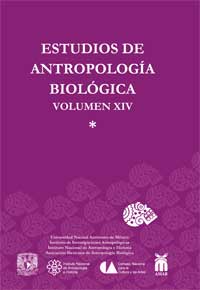Del sexismo hostil al sexismo benevolente: la nueva cara del sexismo en las sociedades occidentales
DOI:
https://doi.org/10.22201/iia.14055066p.2009.27207Keywords:
modern sexism, hostil sexism, benevolent sexismAbstract
The “modern" face of sexism (Tougas et al. 1995, Swim et al. 1995) combines two apparently contradictory elements. On the one hand, we can find negative feelings towards women, like in traditional sexism, but, on the other hand there are positive feelings resulting from a societal movement toward more egalitarian values. Most research has focused on the social dimension of sexism, considering women and men as two homogeneous, independent groups. To come to a better understanding of this “modern" sexism Glick and Fiske (1996, 1997, 2001) find it necessary to consider the relational dimension involved in this issue. This means that the relationship between sexes can’t be understood only from a social dimension and so the sexes are not only groups in a social context subjected to division forces of independence and autonomy, but at the same time they are involved in relationship of dependence and heteronomy. The combination of these opposing forces develop attitudes towards sexes and will have its effect in the workplace as well as in affective and sexual relationship.
Downloads
Downloads
How to Cite
Issue
Section
License

http://creativecommons.org/licenses/by-nc-nd/4.0/

